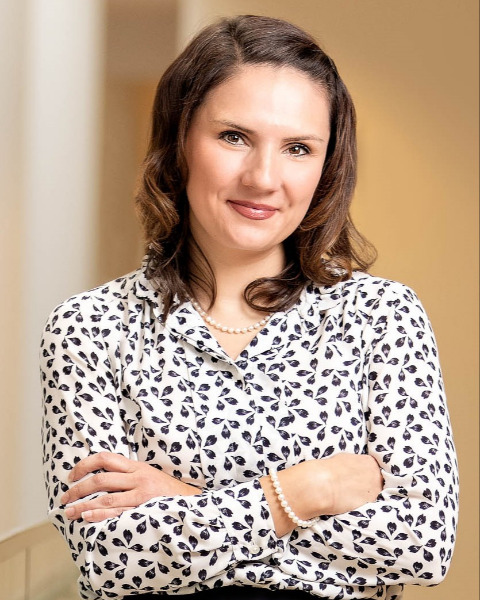Biobanking and genomic databases
Equity and justice in genetics
Paper Session C3
Differences between private, government, and consortium data stewards and their impact on genetic research with diverse ancestral populations
Monday, June 10, 2024
3:30 PM – 5:00 PM ET
Location: Hub 2

Kayte Spector-Bagdady, JD, MBe (she/her/hers)
Assistant Professor
University of Michigan
Speaker(s)
Genetic researchers must have access to databases populated with diverse ancestral groups to ensure that research is generalizable to, or targeted for, historically excluded communities. The goal of this NHGRI-funded project was to 1) explore differences between private, government, and consortium data stewards, 2) assess the impact of these differences on academic genetic research, and 3) identify areas for improvement for increased use of diverse ancestral populations for genetic research. We used an exploratory sequential mixed methods design conducting interviews (n=23) and a survey (n=294) with U.S. academic genetic researchers.
We found that significantly more respondents reported working with data from European ancestral populations (88.8%) compared to any other ancestral population (all p < .0001), but many respondents reported an interest in working with other groups. This highlighted that a desire to work with diverse data is a common, shared perspective – in addition to the lack of access being a shared barrier. We also found that most researchers have a choice of database and that use of government and consortium databases is increasing compared to private ones. This trend may be linked to respondents' differential ratings of the quality of these data stewards on key areas such as access and features. We also found large variation in type of restrictions different data stewards place on researchers, with private data stewards placing the most – including restricted data sharing after publication. We will end this presentation with concrete recommendations to improve NIH data policy enforcement.
Authors: Kayte Spector-Bagdady, University of Michigan; Amanda Greene, University of Michigan Medical School; Kaitlyn Jaffe, University of Massachusetts, Amherst; Luyun Chen, University of Michigan Medical School; Kerry Ryan, University of Michigan Medical School; Amy L. McGuire, Baylor College of Medicine; J Denard Thomas, University of Michigan Medical School; Brian Zikmund-Fisher, University of Michigan School of Public Health; Scott Roberts, University of Michigan School of Public Health
We found that significantly more respondents reported working with data from European ancestral populations (88.8%) compared to any other ancestral population (all p < .0001), but many respondents reported an interest in working with other groups. This highlighted that a desire to work with diverse data is a common, shared perspective – in addition to the lack of access being a shared barrier. We also found that most researchers have a choice of database and that use of government and consortium databases is increasing compared to private ones. This trend may be linked to respondents' differential ratings of the quality of these data stewards on key areas such as access and features. We also found large variation in type of restrictions different data stewards place on researchers, with private data stewards placing the most – including restricted data sharing after publication. We will end this presentation with concrete recommendations to improve NIH data policy enforcement.
Authors: Kayte Spector-Bagdady, University of Michigan; Amanda Greene, University of Michigan Medical School; Kaitlyn Jaffe, University of Massachusetts, Amherst; Luyun Chen, University of Michigan Medical School; Kerry Ryan, University of Michigan Medical School; Amy L. McGuire, Baylor College of Medicine; J Denard Thomas, University of Michigan Medical School; Brian Zikmund-Fisher, University of Michigan School of Public Health; Scott Roberts, University of Michigan School of Public Health